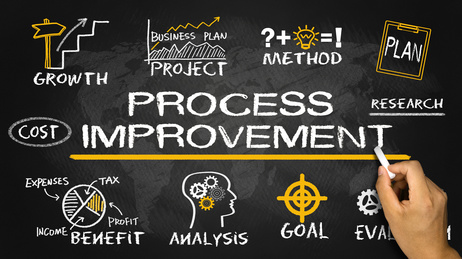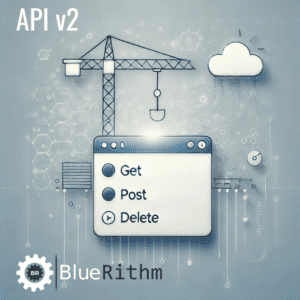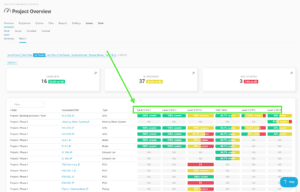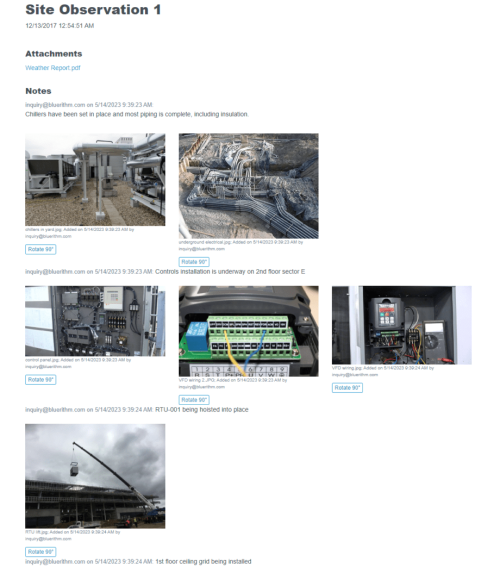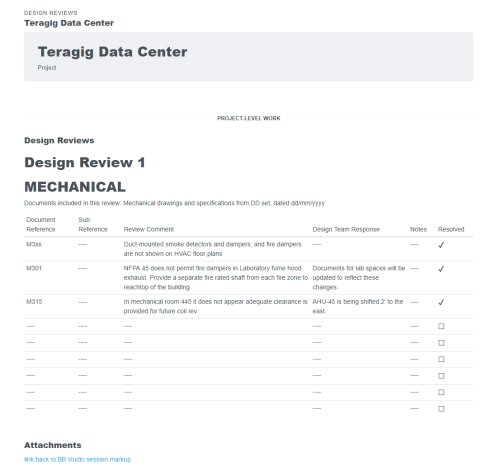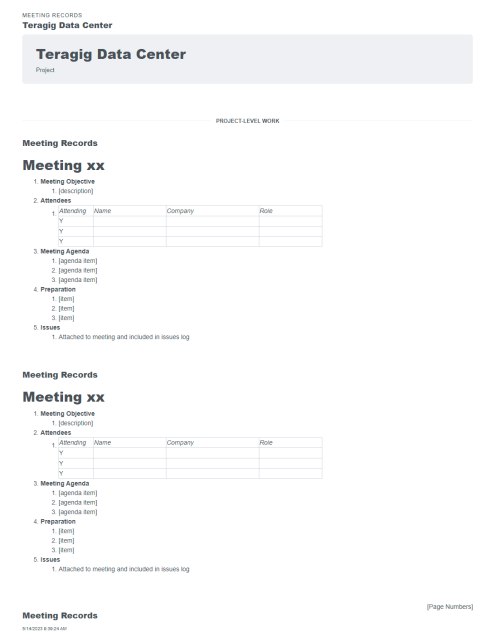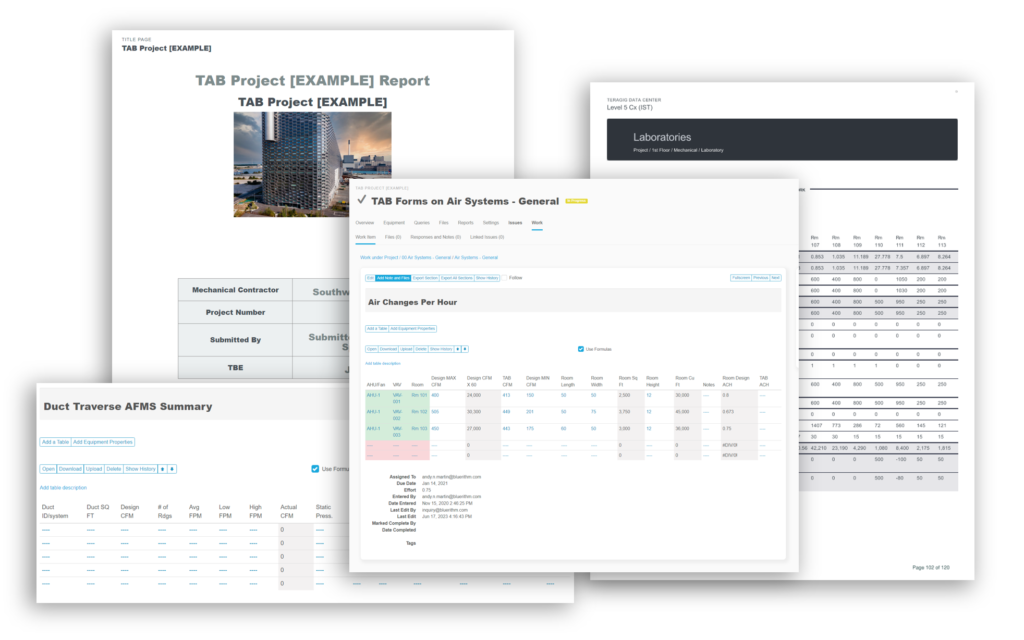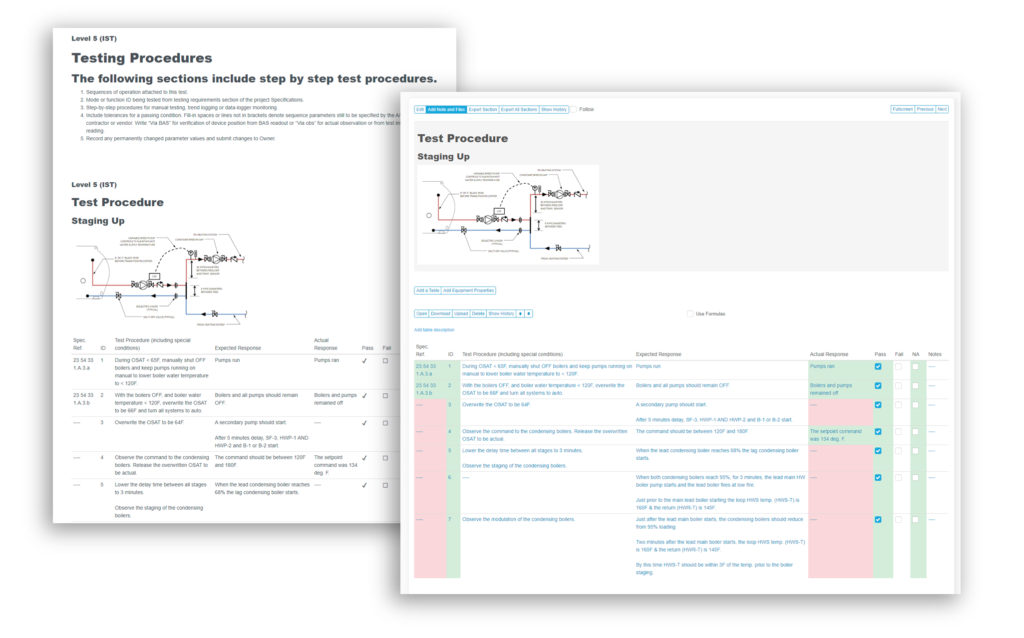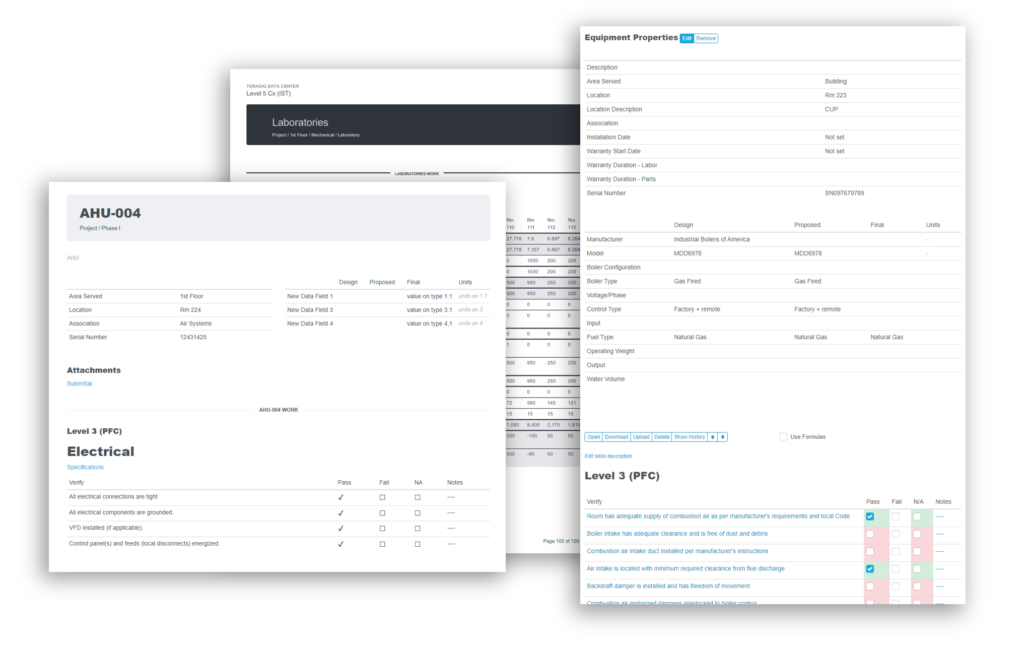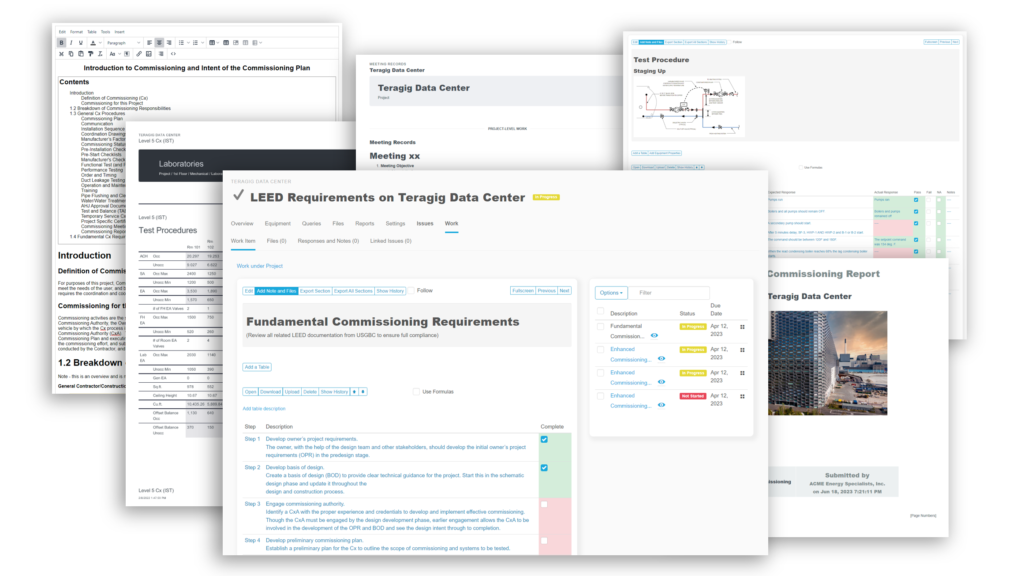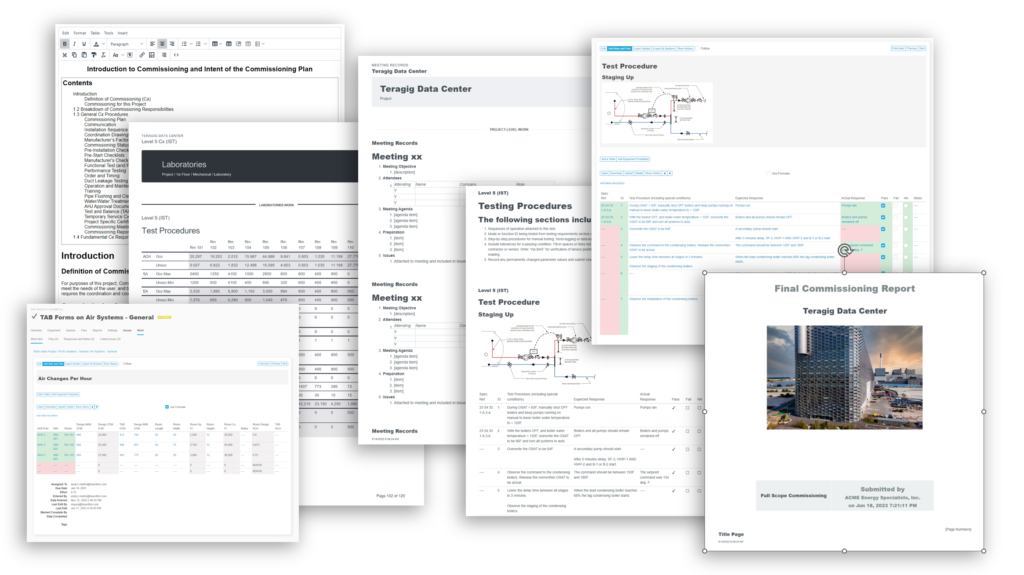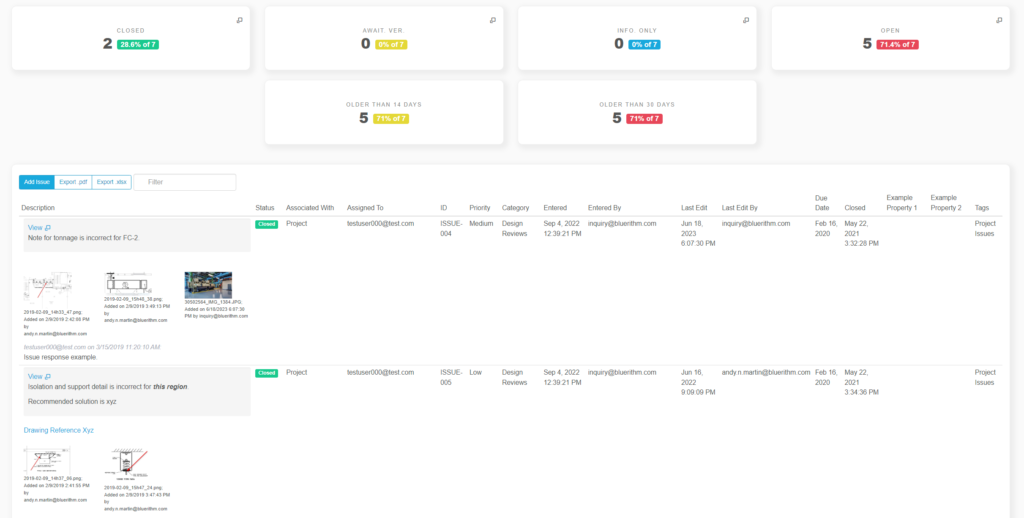On your BAS projects, once you have a project plan in place, engineering and design work finished, and begin executing your work, you need to make sure that it runs as smoothly and is as organized as possible. Facilitating this requires at the very least a couple key things: training for your field crews, and defined, repeatable processes. Optimizing your BAS point to point checkout and commissioning process on your projects is critical for quality control and profitability.
The value and necessity of thorough training almost goes without saying. Sure, it’s expensive to bring on new employees and get them up to speed, especially if they don’t have an ideal background or experience. But you will recover that initial investment when you design training programs that combine detailed technical knowledge with on-the-job training. Pair new employees with experienced technicians who can communicate the things they do that makes them successful, which reinforces the technical knowledge you’ve taught them.
The point-to-point checkout process is about as detail-intensive as it gets. On a large project, you can have thousands or even tens of thousands of input and output devices, each of which may have multiple parameters, settings, capabilities, and their own unique set of challenges and potential issues. If that’s not enough of a challenge, oftentimes the you are depending on successful completion of other firm’s work which you have no direct control over (i.e. control dampers, valves, etc.). One of your field team’s primary responsibilities is to make sure every single one of these devices is set up, calibrated, and operating properly. If any given device has a problem, it could cause the piece of equipment its associated with not to work properly. You should be recording your progress, results, and issues related to device verification throughout a project, and many times this is a requested or even contractual requirement which requires you to turn in reports covering every single device and detailing the checkout process and status.
The term “commissioning,” as its used here, refers to the process of software and system-level verification. Sometimes it may be referred to as system start-up or other terms. The commissioning part of BAS point to point checkout and commissioning is by nature less intensive relative to the sheer quantity of tasks, but it is obviously equally or more important; the BAS as a whole won’t work if the devices aren’t calibrated correctly or wired to the wrong inputs, and it definitely won’t work if the software isn’t written properly, PID loops not tuned, or if the real-world testing did not produce the originally intended results.
How can we manage this massive amount of information about progress, status, issues, and the details of all the work that goes into these processes over the course of weeks, months, or even years?
Our suggestion is to adopt a software platform that your project teams use in the field for this purpose. There are many of these platforms that provide an cloud-based, real-time, collaborative environment where everyone can record issues as they come up, enter the status of their work, assign issues or work to other contractors or team members, and generally manage the BAS point to point checkout and commissioning process. This not only ensures every detail and issue is recorded, tracked, and addressed, it allows project leaders to have instant access to reports and overviews of all project progress, issues, and overall status, and they can adjust and adapt ongoing work plans and establish priorities accordingly. As the size of your projects or portfolio of projects grows, you simply cannot maintain the level of quality today’s markets expect without these types of tools.
Experience has shown that trying to manage BAS point to point checkout and commissioning through spreadsheets on your field team’s hard drives, emails, etc. has the potential to lead to a disorganized mess that is time-intensive and wasteful to manage, especially on large or long duration projects.
However, having the platform in place is not enough. Operations and project leaders must drive accountability and adoption of the platform and process. Its use needs to become as ingrained in your team’s day to day habits and processes as any other mission-critical activities.
Stop by www.BlueRithm.com and see how our software can help your projects and business be more profitable by solving some of these challenges.

